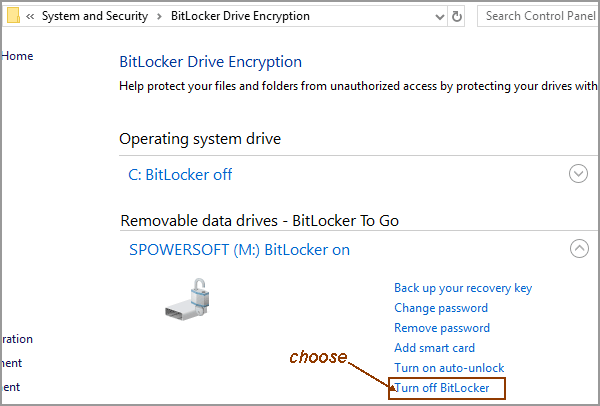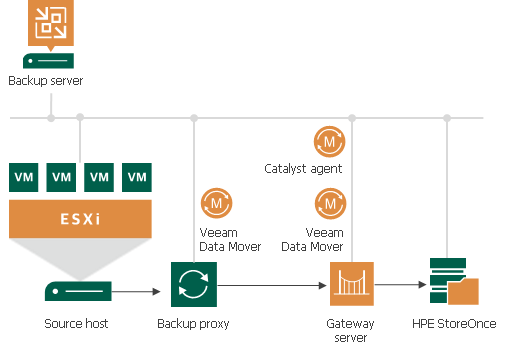

Enabling encryption and giving Microsoft a recovery key is a big help against laptop thieves and other people who might want to snoop on your files.

That means anyone could access their files if they can get their hands on the computer. Previous versions of Windows - and the many current Windows PCs that still don’t ship with device encryption enabled - are just unencrypted. It’s unusual that Microsoft is silently uploading recovery keys to its own servers, but it isn’t actually worse than the previous status quo. Realistically, you probably shouldn’t do this. I'll retrofit that one with my new code.RELATED: Here's Why Windows 8.1's Encryption Doesn't Seem to Scare the FBI Updated one:Īh - I see.! I've been using the Remove-SoftwareTitle.ps1 exclusively, I had forgotten about that one. Looks like you updated a different one than what Martin linked to. Please give it a try and let me know how it goes.


This would probably be the best solution, if it's an option.įixed. Then you know what's installed and you're not having to rip out vendor installed crud. If you are dealing with a lot of laptops you might just consider re-imaging them. Powershell $AppsToRemove = 'Energy Star' 'Discover HO Touchpoint Manger' 'HP 3D DriveGuard' 'HP Connection Manger' 'HP Device Access Manager' 'HP Drive Encryption' 'HP Device Access Manager' 'HP Documentation' 'HP File Sanitizer' 'HP PageLift' 'HP Setup' 'HP SoftPaq Download Manager' 'HP Software Setup' 'HP Support Assistant' 'HP Support Infotmation' 'HP System Defualt Setup' 'HP Theft Recovery' 'HP Client Security Manager' 'Microsoft Office' 'Validity Fingerprint Sensor Driver' 'Skype*' ) $RegKeys = 'HKLM:\SOFTWARE\Microsoft\Windows\CurrentVersion\Uninstall\' 'HKLM:\SOFTWARE\WOW6432Node\Microsoft\Windows\CurrentVersion\Uninstall\' ) $Apps = $RegKeys | Get-ChildItem | Get-ItemProperty | Where-Object


 0 kommentar(er)
0 kommentar(er)
